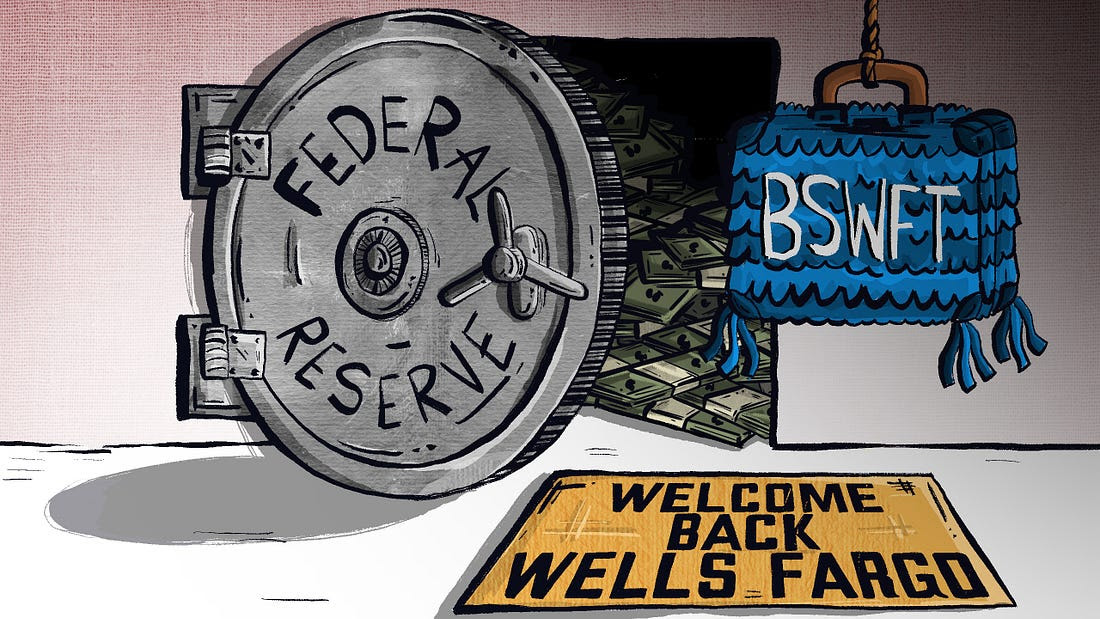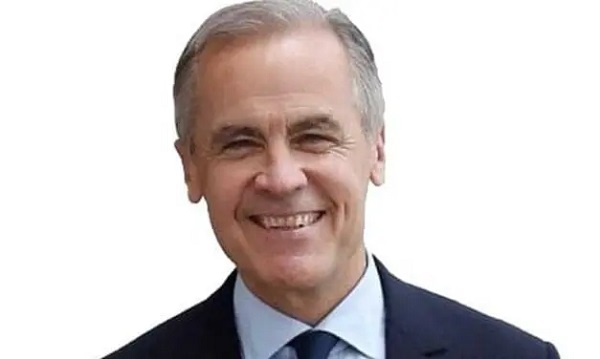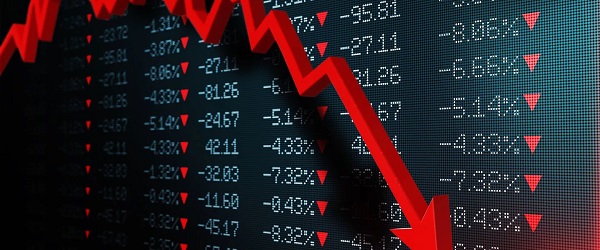Uncategorized
Searchers in California wildfire step up efforts; 77 dead

CHICO, Calif. — Volunteers in white coveralls, hard hats and masks poked through ash and debris Sunday, searching for the remains of victims of the devastating Northern California wildfire before rains forecast this week complicate their efforts.
While the predicted downpours could help tamp down blazes that have killed 77 people so far, they also could wash away telltale fragments of bone, or turn loose, dry ash into a thick paste that would frustrate the search.
A team of 10 volunteers went from burned house to burned house Sunday in the devastated town of Paradise, accompanied by a cadaver dog with a bell on its collar that jingled in the grim landscape.
The members of the team scrutinized the rubble in five-minute sweeps, using sticks to move aside debris and focused on vehicles, bathtubs and what was left of mattresses. When no remains were found, they spray-painted a large, orange “0” near the house.
Up to 400 people were involved in the overall search and recovery effort. Robert Panak, a volunteer on a different team from Napa County, spent the morning searching homes, but didn’t find any remains.
Asked whether the job was tough, the 50-year-old volunteer said, “I just think about the positives, bringing relief to the families, closure.”
He said his approach was to try to picture the house before it burned and think where people might have hidden.
Nearly 1,300 names are on a list of people unaccounted for more than a week after the fire began in Butte County, authorities said late Saturday. They stressed that the long roster does not mean they believe all those on the list are missing.
Sheriff Kory Honea pleaded with evacuees to review the list of those reported as unreachable by family and friends and to call the department if those people are known to be safe.
Deputies have located hundreds of people to date, but the overall number keeps growing because they are adding more names, including those from the chaotic early hours of the disaster, Honea said.
“As much as I wish that we could get through all of this before the rains come, I don’t know if that’s possible,” he said.
Honea said it was within the “realm of possibility” that officials would never know the exact death toll from the blaze.
On Sunday afternoon, more than 50 people gathered at a memorial for the victims at First Christian Church in Chico, where a banner on the altar read, “We will rise from the ashes.”
People hugged and shed tears as Pastor Jesse Kearns recited a prayer for first responders: “We ask for continued strength as they are growing weary right now.”
Hundreds of search and recovery personnel are involved in the effort, going to homes when they receive tips that someone might have died there.
But they are also doing a more comprehensive, “door-to-door” and “car-to-car” search of areas, said Joe Moses, a commander with the Monterey County Sheriff’s Office, who is helping oversee the search and rescue effort.
The search area is huge, Moses said, with many structures that need to be checked.
The fire also burned many places to the ground, creating a landscape unique to many search-and- rescue personnel, he said.
“Here we’re looking for very small parts and pieces, and so we have to be very diligent and systematic in how we do your searches,” he said Friday.
The remains of five more people were found Saturday, including four in Paradise and one in nearby Concow, bringing the number of dead to 77.
Among them was Lolene Rios, 56, whose son, Jed, tearfully told KXTV in Sacramento that his mother had an “endless amount of love” for him.
President Donald Trump toured the area Saturday, joined by California’s outgoing and incoming governors, both Democrats who have traded sharp barbs with the Republican administration. Trump also visited Southern California, where firefighters were making progress on a wildfire that tore through communities west of Los Angeles from Thousand Oaks to Malibu, killing three people.
“We’ve never seen anything like this in California; we’ve never seen anything like this yet. It’s like total devastation,” Trump said as he stood amid the ruins of Paradise and pledged the full support of the federal government.
Soon after the fire began, Trump blamed state officials for poor forest management and threatened to cut off federal funding.
“He’s got our back,” outgoing Gov. Jerry Brown said Sunday on CBS’ “Face the Nation.”
“There have been some back and forth between California leaders and the president,” Brown said. “But in the face of tragedy, people tend to rise above some of their lesser propensities. So I think we’re on a good path.”
He also suggested California’s severe wildfires will make believers of even the most ardent climate change skeptics “in less than five years,” and that those living near forests might need to build underground shelters to protect them from fires.
Rain was forecast for midweek in the Paradise area. The National Weather Service said the area could get 20 mph (32 kph) sustained winds and 40 mph (64 kph) gusts, which could make it hard for crews to keep making progress against the blaze.
Northern California’s Camp Fire has destroyed about 10,500 homes and torched 233 square miles (603 square
Honea expressed hope that Trump’s visit would help with recovery, saying the tour by the Republican president and California’s Democratic leaders “signals a spirit of
___
Associated Press journalists Terence Chea and Jonathan Lemire in Paradise, Christopher Weber in Los Angeles and Janie Har and Daisy P. Nguyen in San Francisco contributed.
Sudhin Thanawala, The Associated Press
Uncategorized
Kananaskis G7 meeting the right setting for U.S. and Canada to reassert energy ties
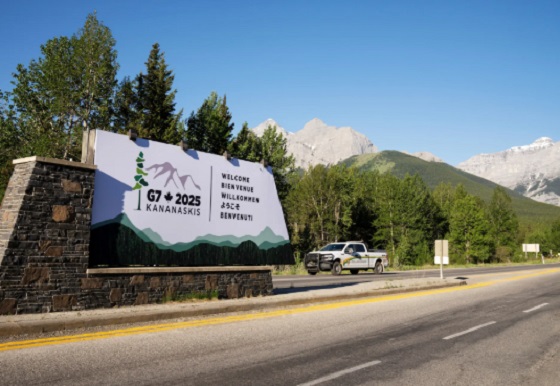

Energy security, resilience and affordability have long been protected by a continentally integrated energy sector.
The G7 summit in Kananaskis, Alberta, offers a key platform to reassert how North American energy cooperation has made the U.S. and Canada stronger, according to a joint statement from The Heritage Foundation, the foremost American conservative think tank, and MEI, a pan-Canadian research and educational policy organization.
“Energy cooperation between Canada, Mexico and the United States is vital for the Western World’s energy security,” says Diana Furchtgott-Roth, director of the Center for Energy, Climate and Environment and the Herbert and Joyce Morgan Fellow at the Heritage Foundation, and one of America’s most prominent energy experts. “Both President Trump and Prime Minister Carney share energy as a key priority for their respective administrations.
She added, “The G7 should embrace energy abundance by cooperating and committing to a rapid expansion of energy infrastructure. Members should commit to streamlined permitting, including a one-stop shop permitting and environmental review process, to unleash the capital investment necessary to make energy abundance a reality.”
North America’s energy industry is continentally integrated, benefitting from a blend of U.S. light crude oil and Mexican and Canadian heavy crude oil that keeps the continent’s refineries running smoothly.
Each day, Canada exports 2.8 million barrels of oil to the United States.
These get refined into gasoline, diesel and other higher value-added products that furnish the U.S. market with reliable and affordable energy, as well as exported to other countries, including some 780,000 barrels per day of finished products that get exported to Canada and 1.08 million barrels per day to Mexico.
A similar situation occurs with natural gas, where Canada ships 8.7 billion cubic feet of natural gas per day to the United States through a continental network of pipelines.
This gets consumed by U.S. households, as well as transformed into liquefied natural gas products, of which the United States exports 11.5 billion cubic feet per day, mostly from ports in Louisiana, Texas and Maryland.
“The abundance and complementarity of Canada and the United States’ energy resources have made both nations more prosperous and more secure in their supply,” says Daniel Dufort, president and CEO of the MEI. “Both countries stand to reduce dependence on Chinese and Russian energy by expanding their pipeline networks – the United States to the East and Canada to the West – to supply their European and Asian allies in an increasingly turbulent world.”
Under this scenario, Europe would buy more high-value light oil from the U.S., whose domestic needs would be back-stopped by lower-priced heavy oil imports from Canada, whereas Asia would consume more LNG from Canada, diminishing China and Russia’s economic and strategic leverage over it.
* * *
The MEI is an independent public policy think tank with offices in Montreal, Ottawa, and Calgary. Through its publications, media appearances, and advisory services to policymakers, the MEI stimulates public policy debate and reforms based on sound economics and entrepreneurship.
As the nation’s largest, most broadly supported conservative research and educational institution, The Heritage Foundation has been leading the American conservative movement since our founding in 1973. The Heritage Foundation reaches more than 10 million members, advocates, and concerned Americans every day with information on critical issues facing America.
Uncategorized
Poilievre on 2025 Election Interference – Carney sill hasn’t fired Liberal MP in Chinese election interference scandal

From Conservative Party Communications
“Yes. He must be disqualified. I find it incredible that Mark Carney would allow someone to run for his party that called for a Canadian citizen to be handed over to a foreign government on a bounty, a foreign government that would almost certainly execute that Canadian citizen.
“Think about that for a second. We have a Liberal MP saying that a Canadian citizen should be handed over to a foreign dictatorship to get a bounty so that that citizen could be murdered. And Mark Carney says he should stay on as a candidate. What does that say about whether Mark Carney would protect Canadians?
“Mark Carney is deeply conflicted. Just in November, he went to Beijing and secured a quarter-billion-dollar loan for his company from a state-owned Chinese bank. He’s deeply compromised, and he will never stand up for Canada against any foreign regime. It is another reason why Mr. Carney must show us all his assets, all the money he owes, all the money that his companies owe to foreign hostile regimes. And this story might not be entirely the story of the bounty, and a Liberal MP calling for a Canadian to be handed over for execution to a foreign government might not be something that the everyday Canadian can relate to because it’s so outrageous. But I ask you this, if Mark Carney would allow his Liberal MP to make a comment like this, when would he ever protect Canada or Canadians against foreign hostility?
“He has never put Canada first, and that’s why we cannot have a fourth Liberal term. After the Lost Liberal Decade, our country is a playground for foreign interference. Our economy is weaker than ever before. Our people more divided. We need a change to put Canada first with a new government that will stand up for the security and economy of our citizens and take back control of our destiny. Let’s bring it home.”
-

 International2 days ago
International2 days agoChicago suburb purchases childhood home of Pope Leo XIV
-

 Daily Caller2 days ago
Daily Caller2 days agoBlackouts Coming If America Continues With Biden-Era Green Frenzy, Trump Admin Warns
-

 Daily Caller2 days ago
Daily Caller2 days ago‘I Know How These People Operate’: Fmr CIA Officer Calls BS On FBI’s New Epstein Intel
-

 Economy1 day ago
Economy1 day agoThe stars are aligning for a new pipeline to the West Coast
-
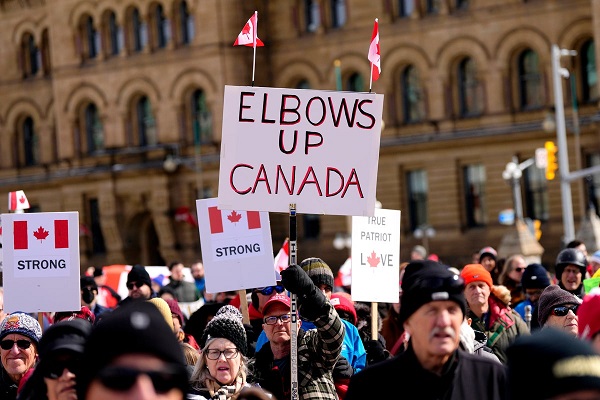
 National1 day ago
National1 day agoLiberal ‘Project Fear’ A Longer Con
-

 Censorship Industrial Complex23 hours ago
Censorship Industrial Complex23 hours agoCanadian pro-freedom group sounds alarm over Liberal plans to revive internet censorship bill
-
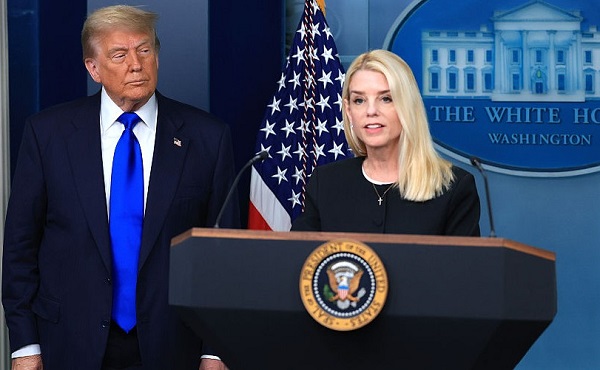
 Crime23 hours ago
Crime23 hours agoTrump supporters cry foul after DOJ memo buries the Epstein sex trafficking scandal
-
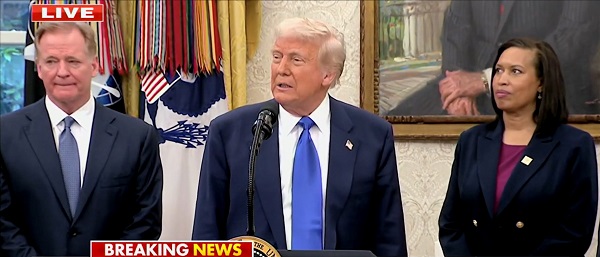
 Daily Caller23 hours ago
Daily Caller23 hours agoTrump Issues Order To End Green Energy Gravy Train, Cites National Security

